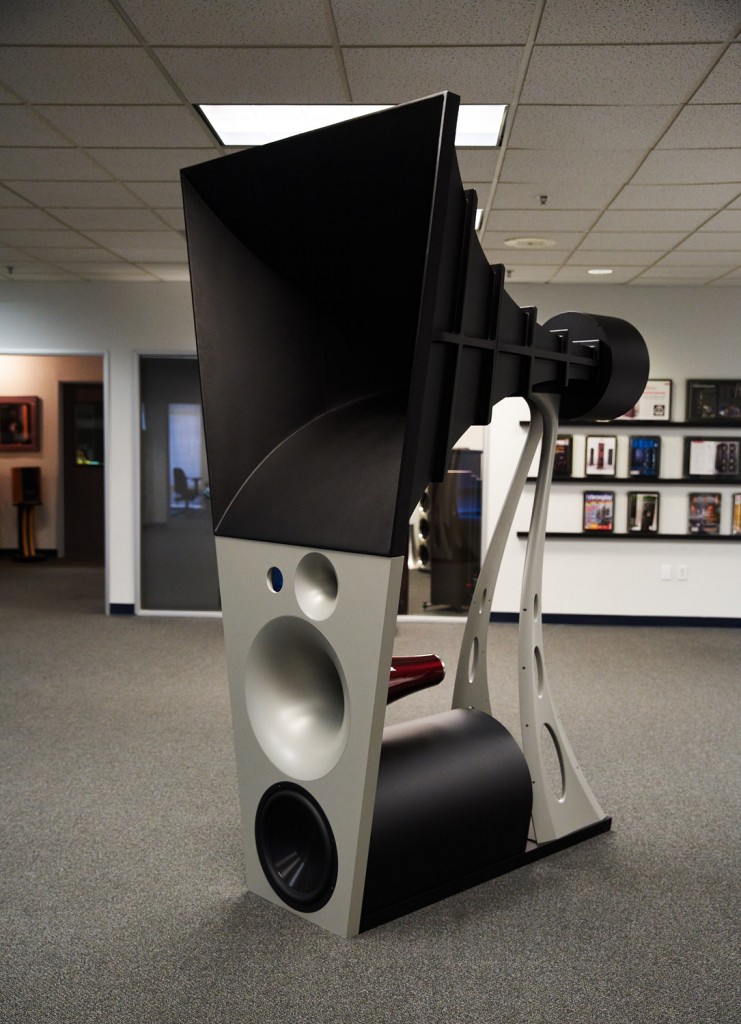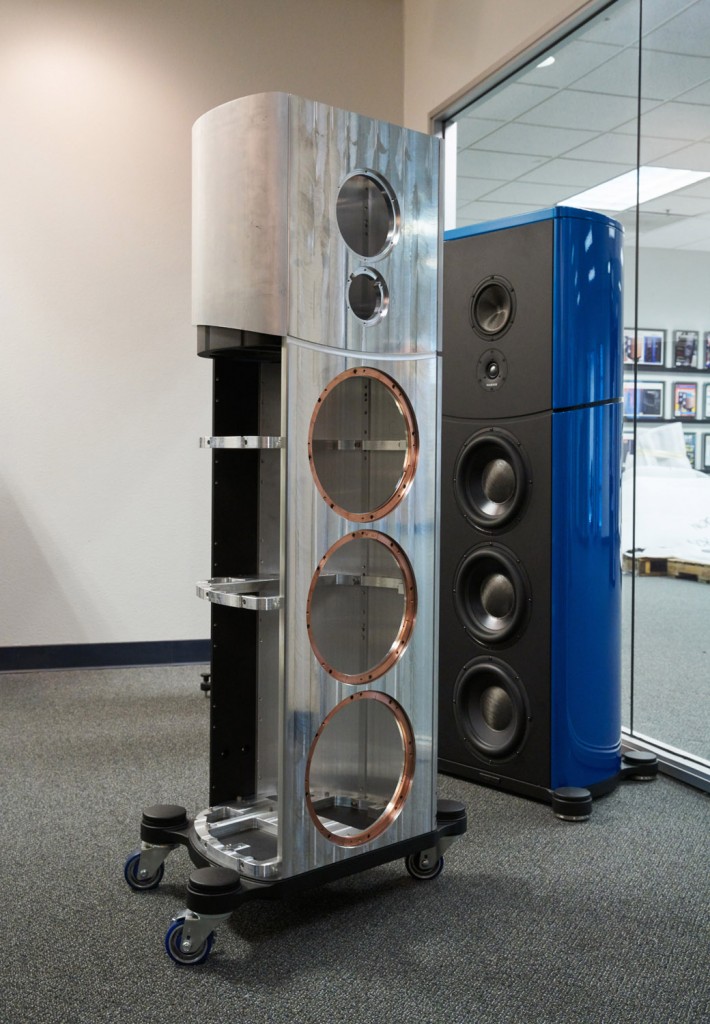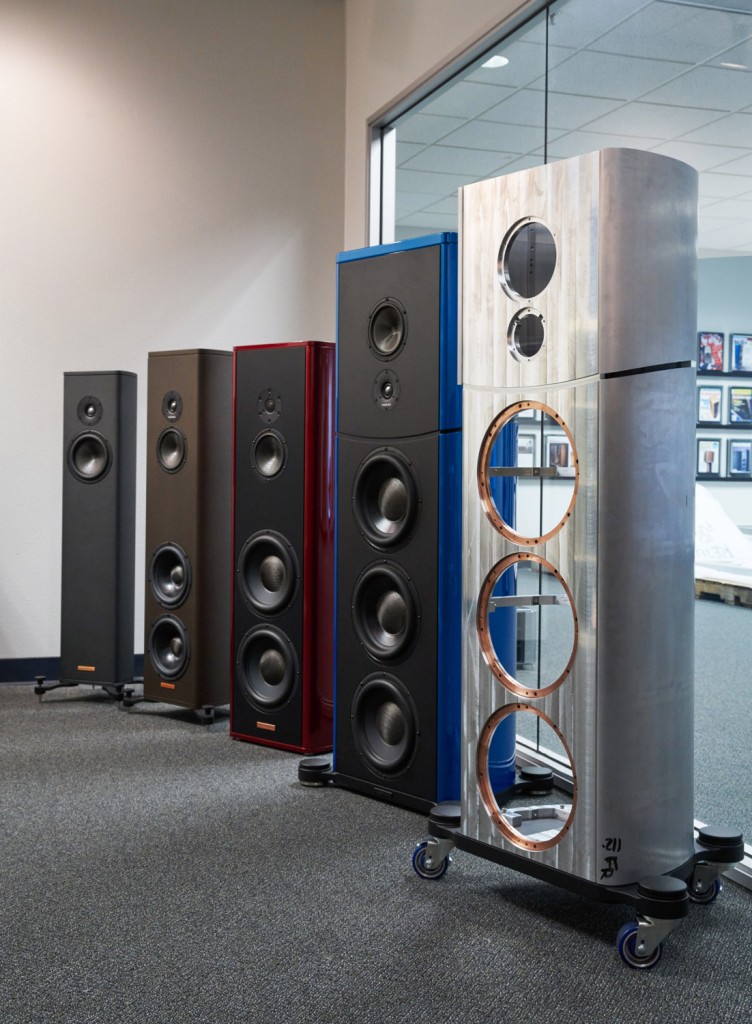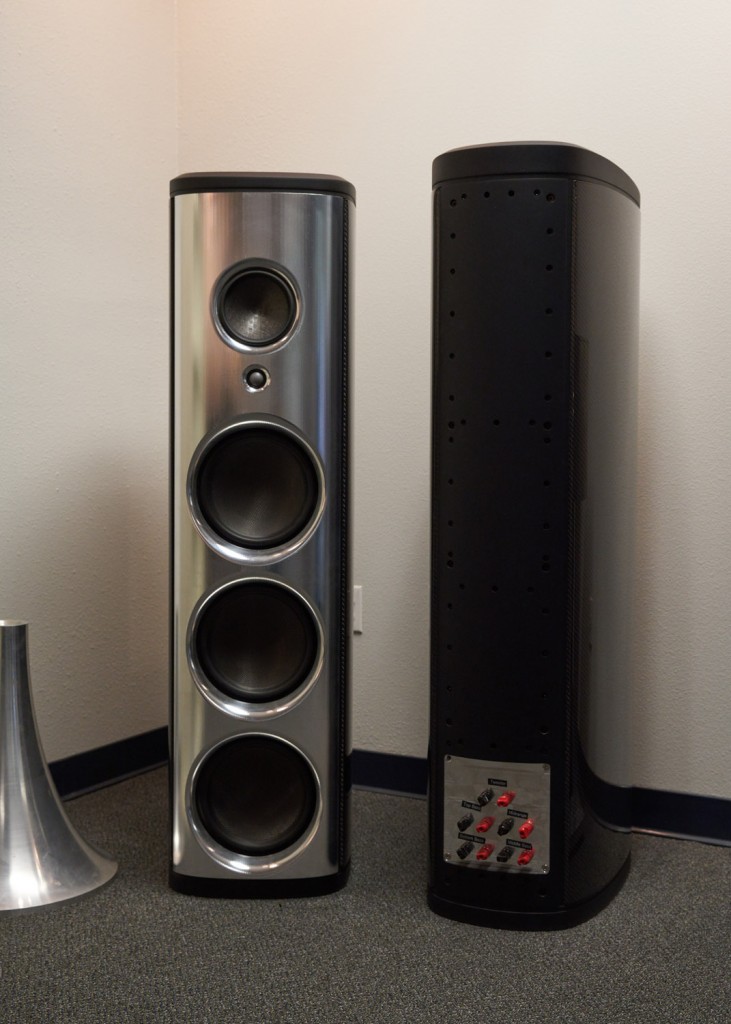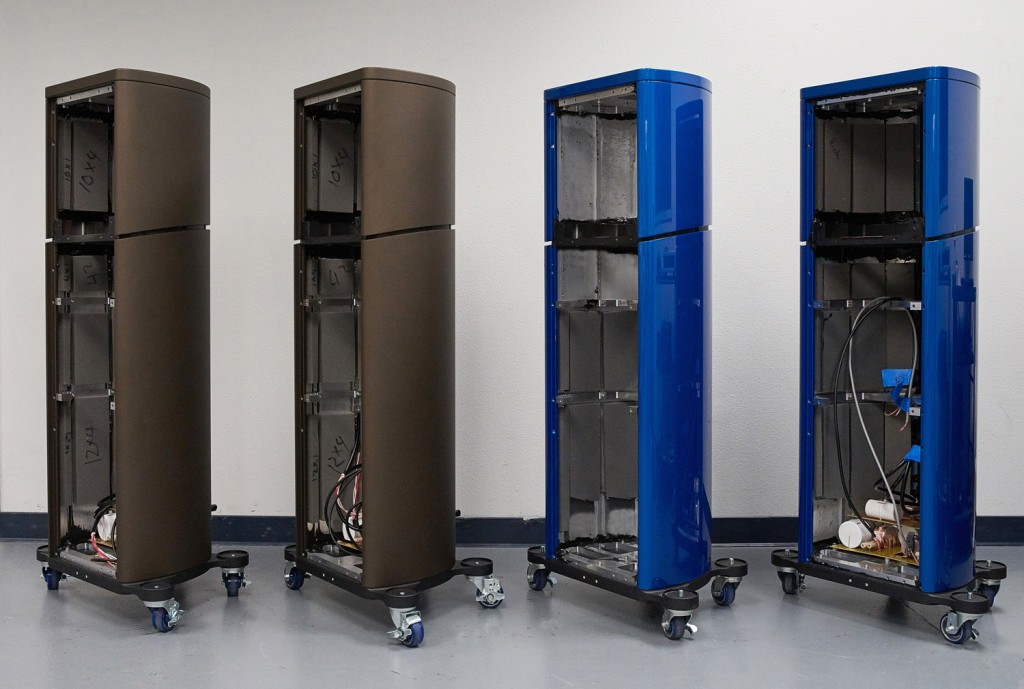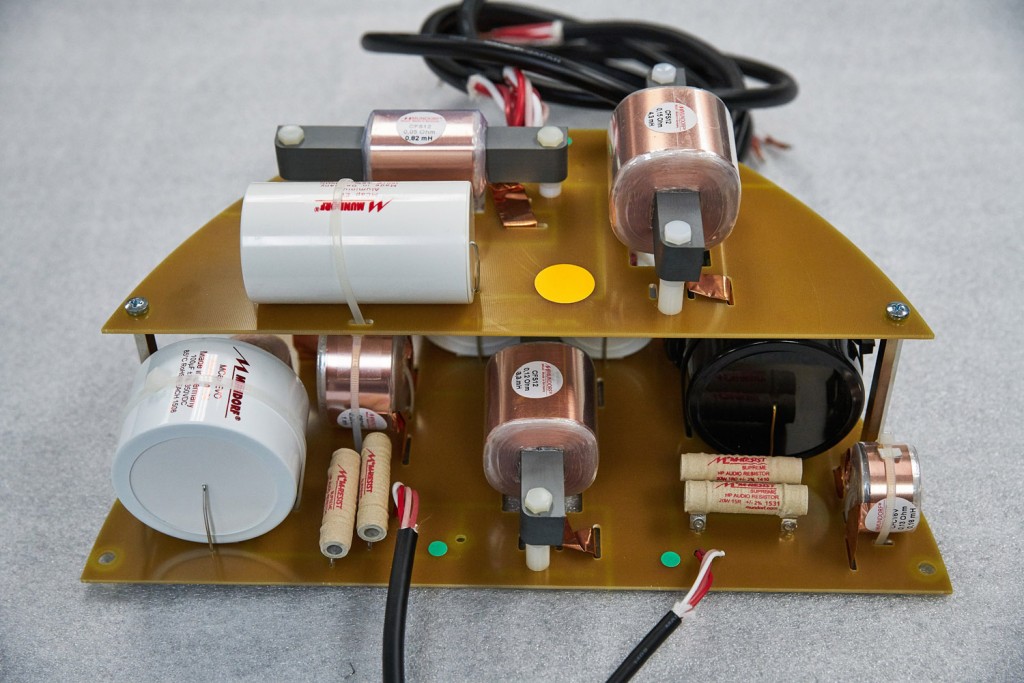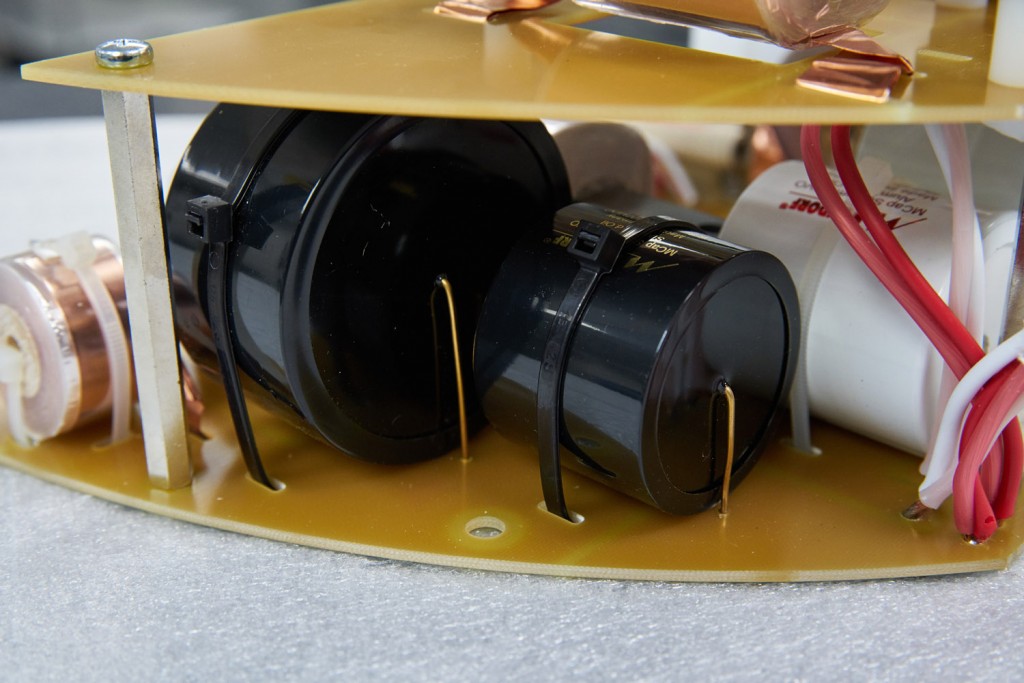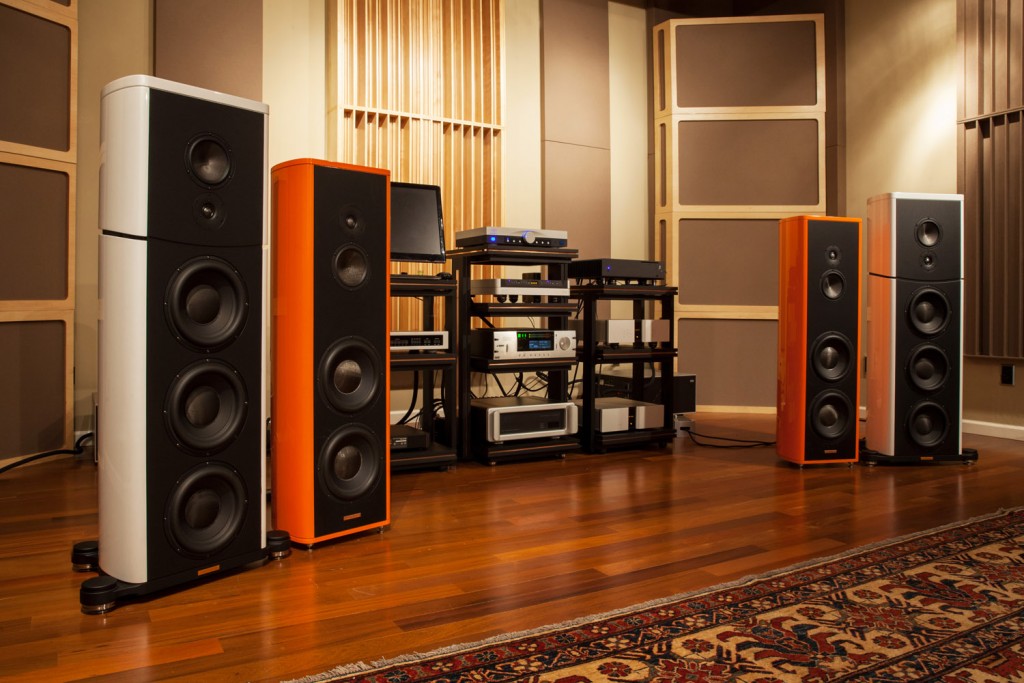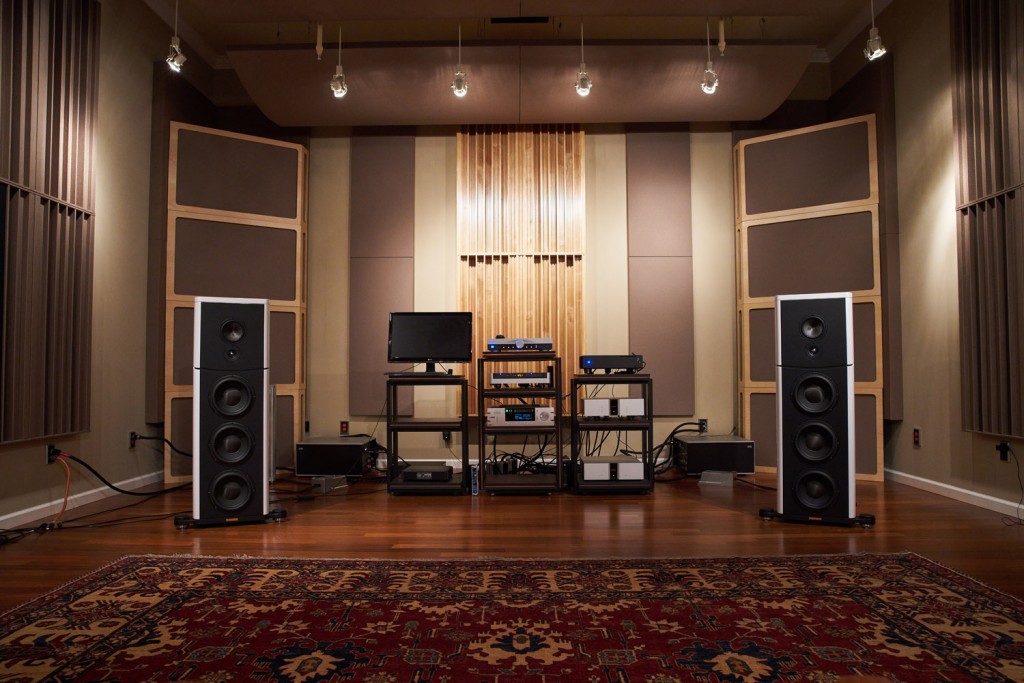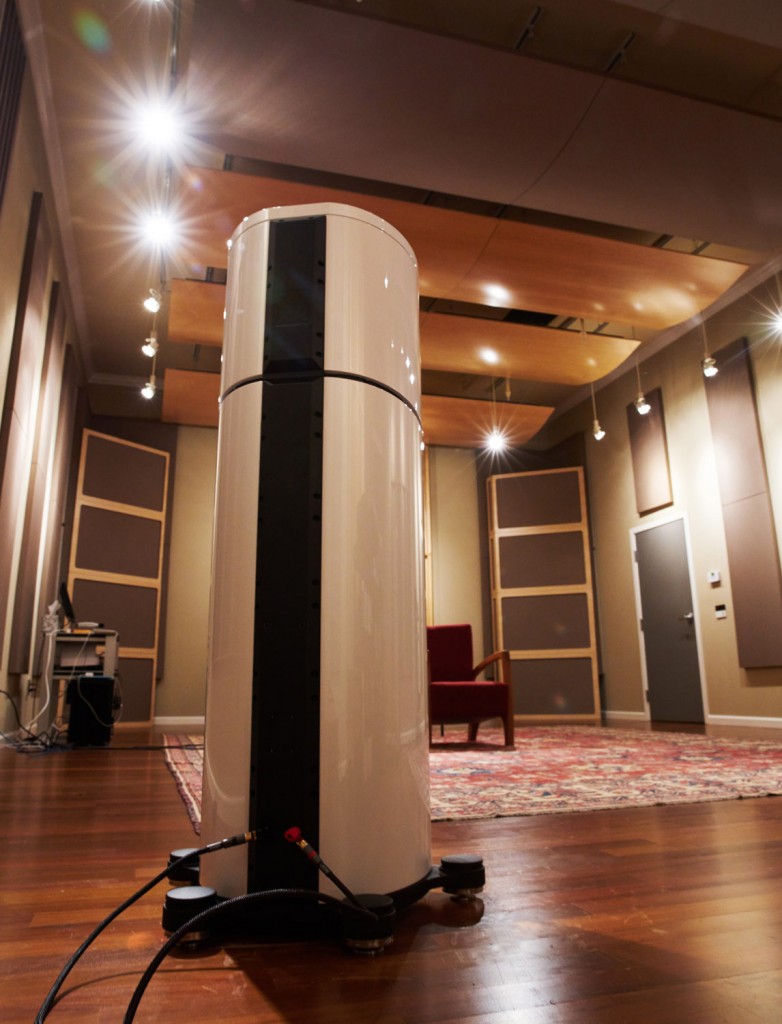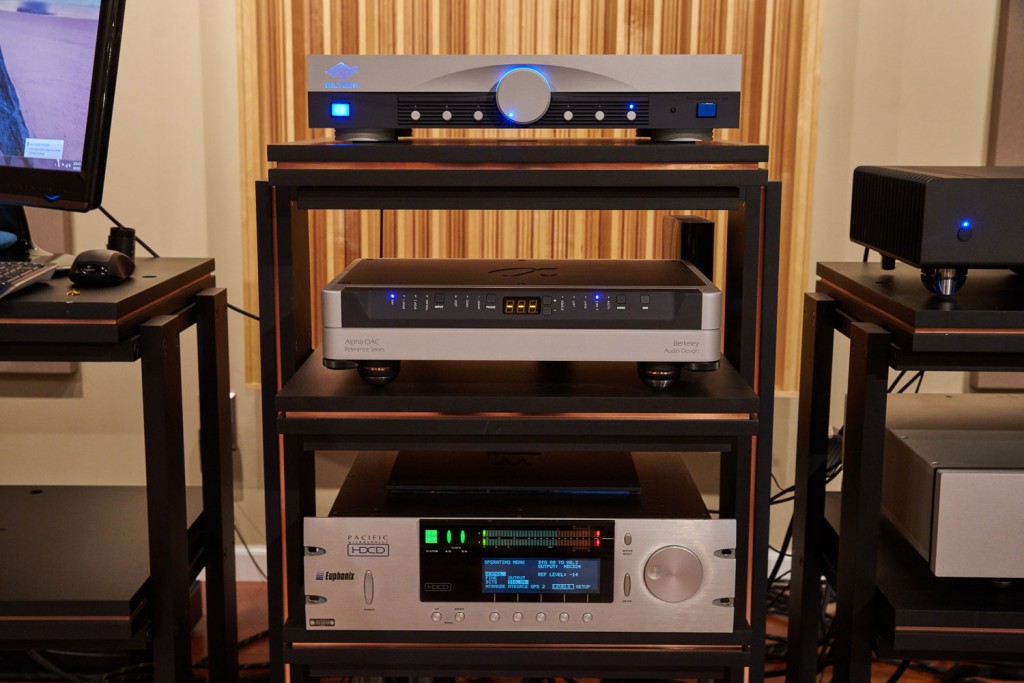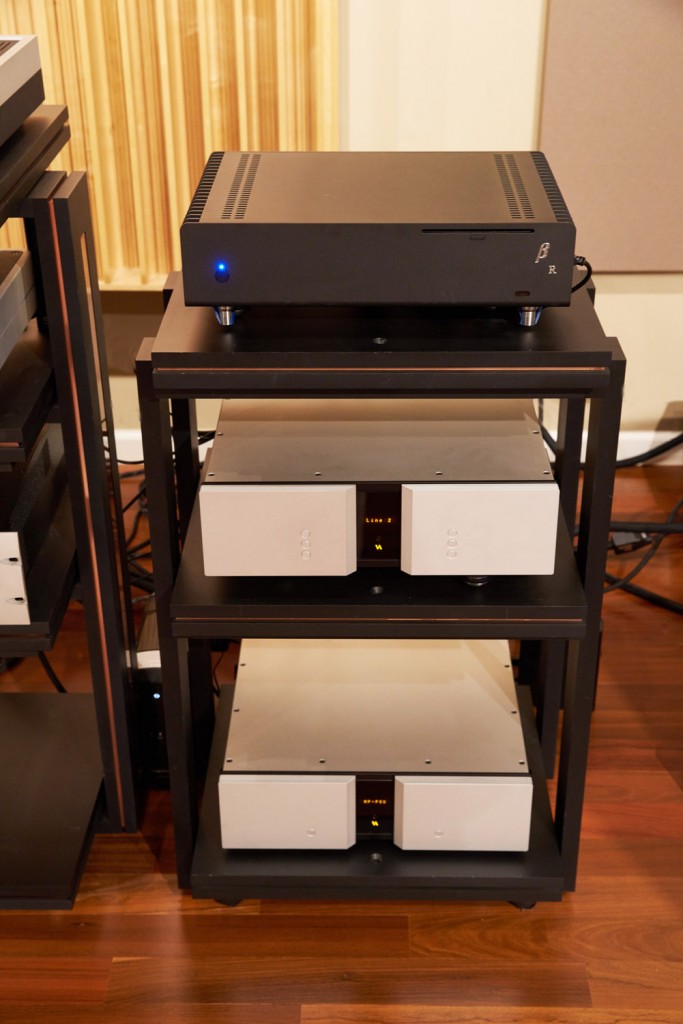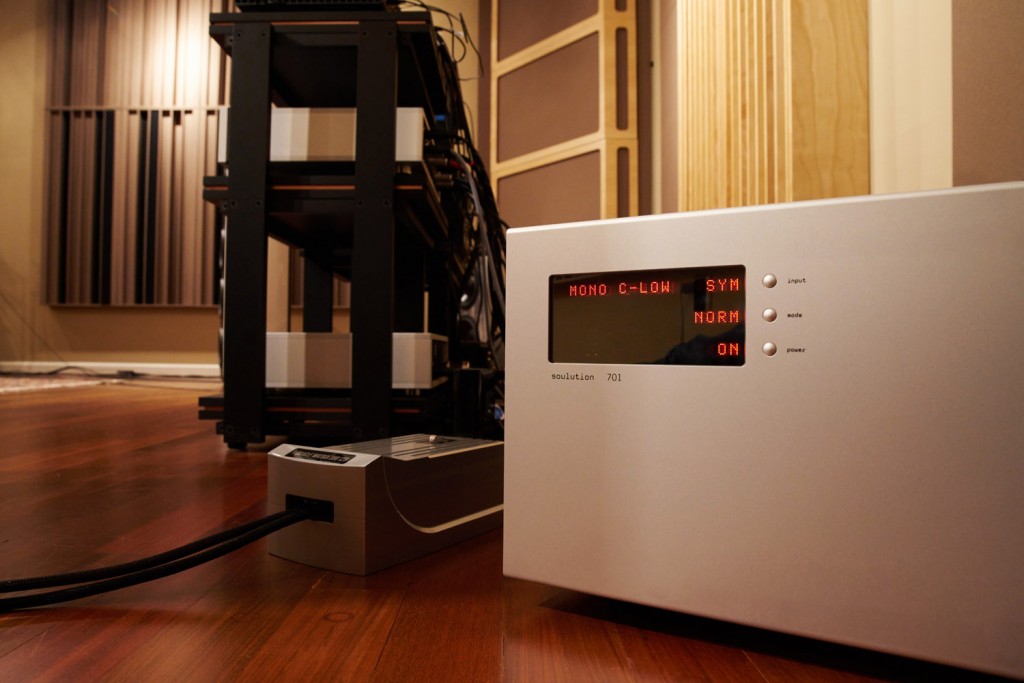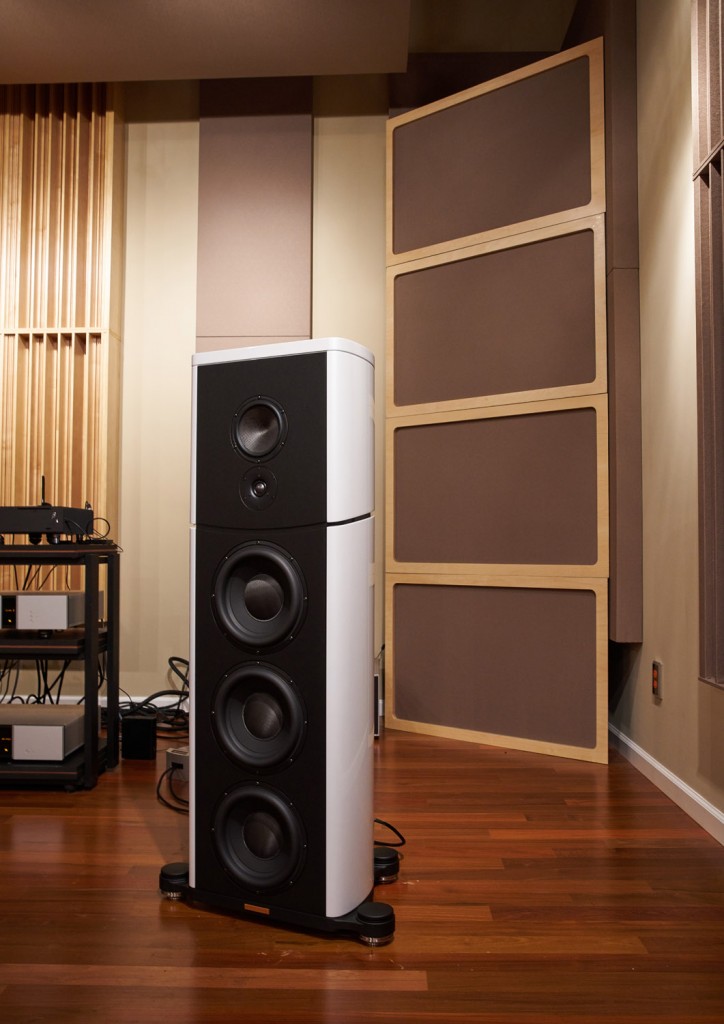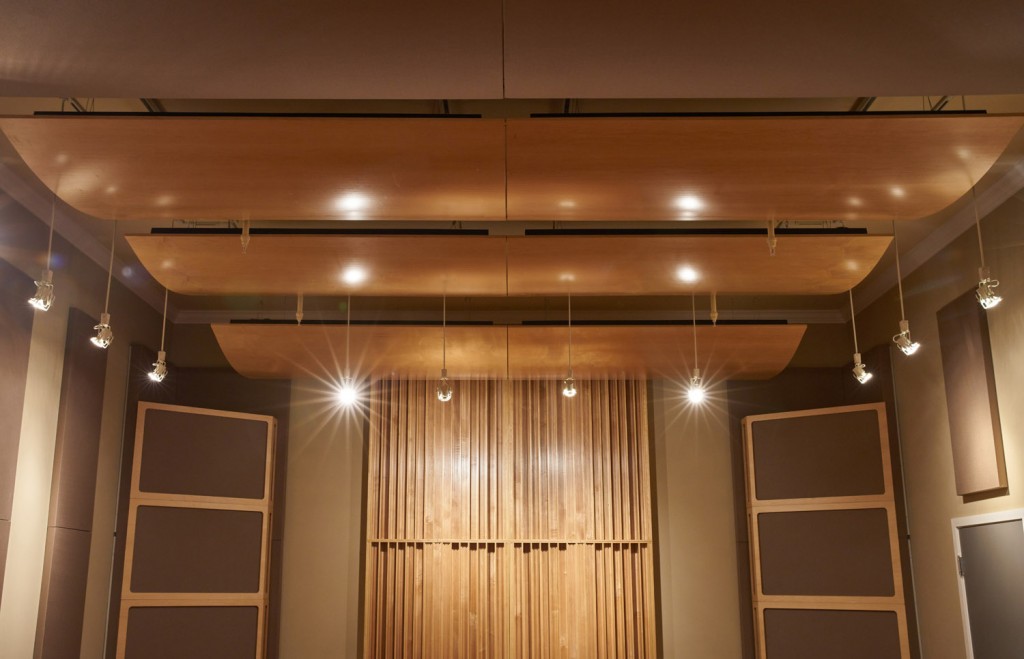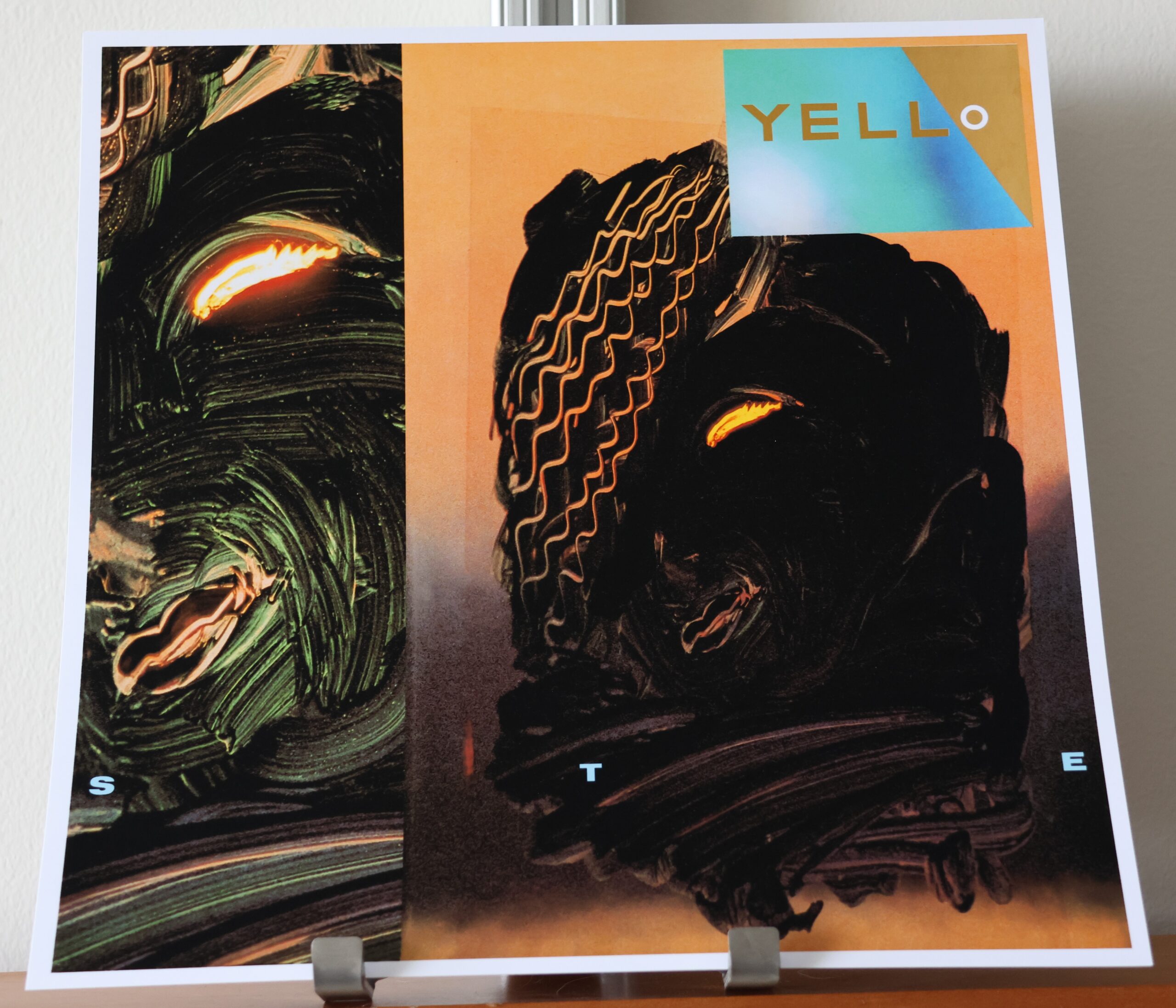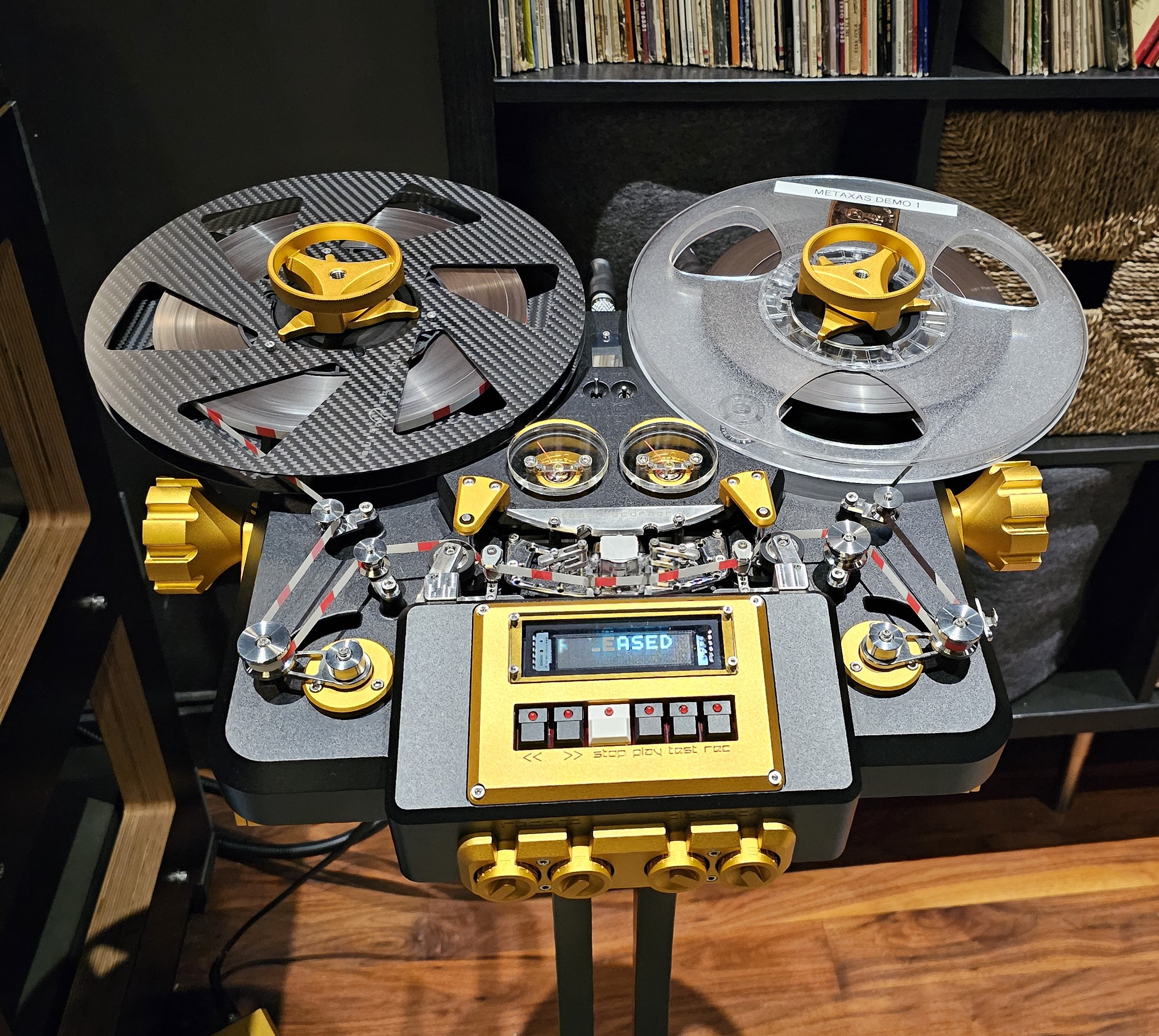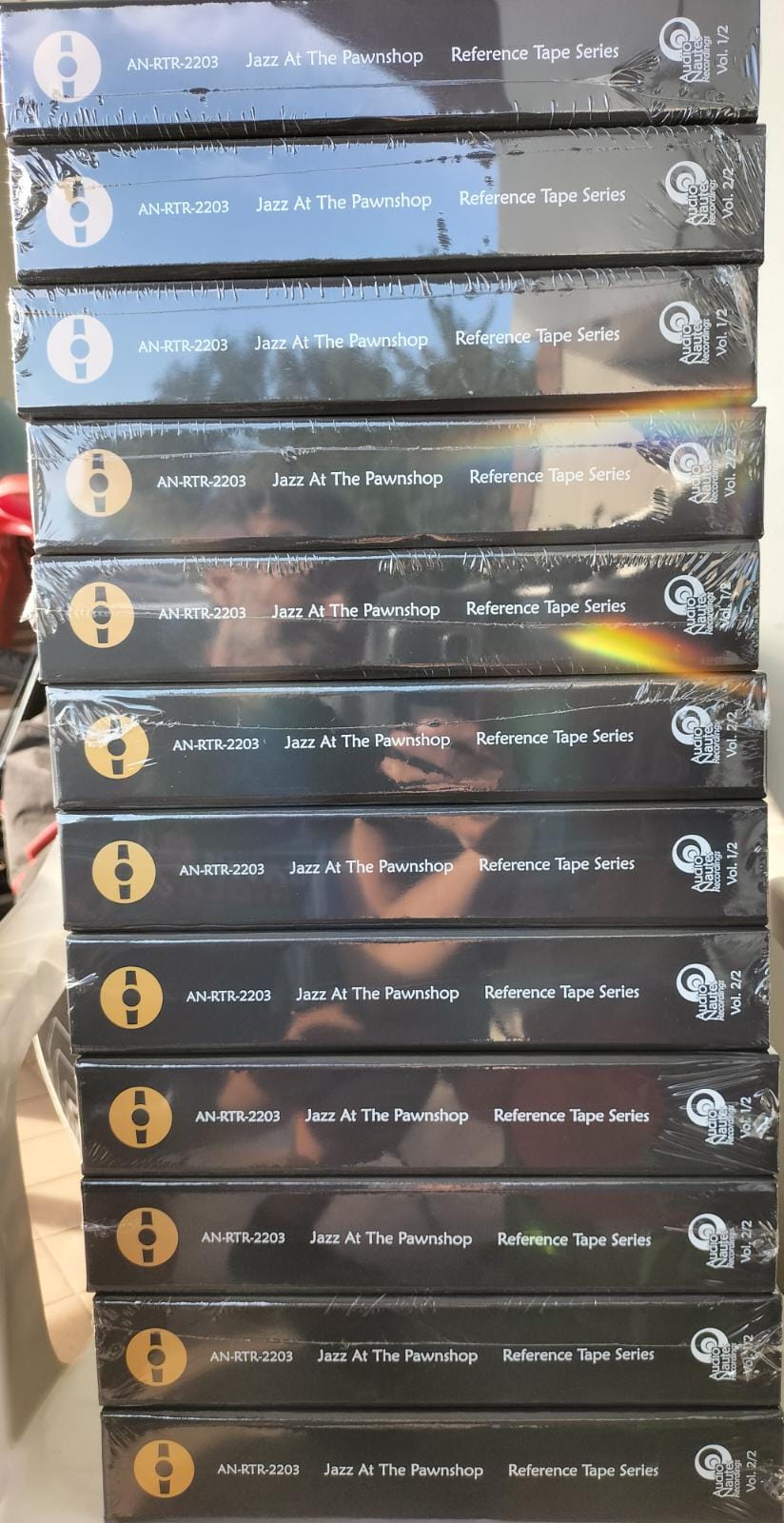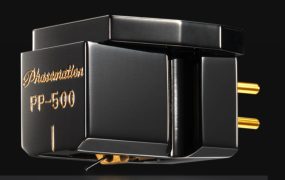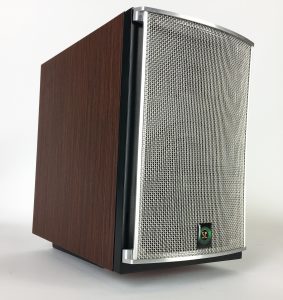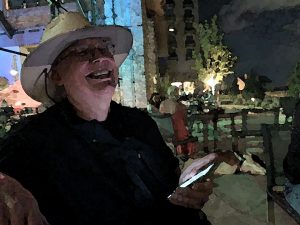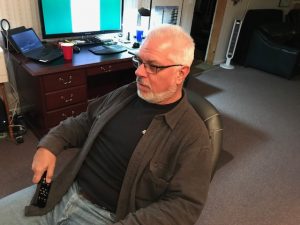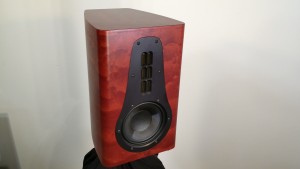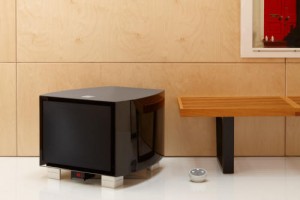It took a while but I am finally first—even if but by a scant three hours—at something (Well to be honest, I did win a few fencing tournaments in my younger days). That something was not only being the very first high-end reviewer or audiophile (outside of Magico) to audition Magico's newest $58,000 (in standard finish) S7 speakers at their Hayward, CA factory but also having the opportunity to compare and contrast Magico's S5 (my current reference speaker) with the soon to be top-of-the-line S-series in Magico's custom designed listening room. No time limits, any type of music and choice of equipment. Does that sound like an audiophile's wet dream? You betcha! Needless to say, I took full advantage of the opportunity spending the entire two days listening for probably a good four hours each day to both the S5 and S7 speakers.
Make no mistake, however: this is not a review (that can only be done in one's own system with familiar equipment, recordings, etc.) but a prequel to a full review of the Magico S7s. (A pair of review S7s are scheduled to arrive shortly.) More importantly, it makes all the sense in the world and should be standard operating procedure for reviewers (if at all possible) to visit the manufacturer's facility when assessing a speaker of this caliber. After all, who's had more experience with the product under review—not to mention trying a range of ancillary equipment that may or may not exceed what the reviewer has access to—than the manufacturer? Then it should be up to the reviewer, with the capable assistance of the company, designer, their national sales manager, etc., to get the most out of the speaker being reviewed with the gear on hand. Moreso, this prequel is a chance to get all the technical information out of the way I can focus on the sound of the speaker for the actual review.
A Little Background
My first visit to the halls of Magico dates back to early 2014 when Alon Wolf, the founder of the company, extended me an invitation to hear his no holds barred, state-of-the-art, Ultimate horn speakers. The Ultimates were extremely impressive but their sound and presentation is very, very different from Magico's other speakers and in this case and in particular, the newest S7 speaker.
In reality though, the S7's roots actually trace back four years ago. At that time, however, the design proved according to designer Alon Wolf, "too costly to be an S-series speaker and in the end, he tabled the project." Alon continued, "the intent of the S7 was to get away from just quantity, he needed to improve quality. This new speaker wouldn't be just a bigger S5 with another bass driver. Not just more of the same but something completely different. Get away from just getting more real estate."
So what changed in the intervening four years to make the S7 speaker project feasible? Certainly the availability of new parts and materials not around four years ago not to mention reduction in manufacturing costs factored into making the S7 a reality. But arguably the single biggest contributor to making S7 speaker project a reality was the M-Project speaker. Not many realize (though I do because Alon had shared the plans with me during my previous visit the last time a year and a half ago) that the M-Project speaker originally began life as a "Q6." "And as many projects go," Alon recounts, "one thing lead to another, costs rose, technology changed and he instead decided to make the speaker a concept design. It was no longer a ‘Q'" said Alon with a smile—and we aren't talking about the John De Lancie character from Star Trek The Next Generation. Indeed the M-Project was Alon's concept car and some of the technology developed in the limited edition M-Project speaker filtered its way first up to the Q7 Mk. 2 and now down to the new S7 speakers (Will there be a S5 Mk. 2? Alon was non-committal on the subject.) In the end, the M-Project speaker solidified Magico's reputation as a technology driven company.
Now at some point in the course of our discussion, curiosity got the better of me and I asked Alon whether he, like a composer, hears the sound of the speaker he wants to design in his head? "I can predict sometimes," said Alon, "but not always." Perhaps the best example of something turning out better than expected Alon shared, "was the M-Project's tweeter." In his mind, Alon wanted to develop a smoother and more resolving high frequency transducer. When he listened, however, to the first M-Project tweeter prototype, Alon noted that sure enough, the highs were all there but they weren't calling attention to themselves. "We are used to," Alon mused, "what tweeter artifacts have to do to produce high frequencies."
So how does Alon, the consummate perfectionist, implement his designs without compromising his philosophy? How does he stay true to his design philosophy and not just build any old speaker to make a cheaper speaker? Simply put, that's why his speakers aren't inexpensive; on the other hand, what they deliver for the price is significant. And like other noted speaker manufacturers, it comes down to perceived value for the money and quality of execution that is sadly something that is not always appreciated. Americans in general look at speakers from say from one to two feet away," Alon observed, "but other parts of the world look at speakers from 6-inches away." Thus his speakers have a quality in fit and finish execution—that comes at considerable effort in the machining and finishing process—such as corners that are 90 degrees, a finish that is always perfect, etc. Alon's philosophy is not unlike my parent company Equinox's philosophy either: "Everything must come out to 110%, not 99 or 101%!"
The Prequel to the Prequel: Munich High-End Audio Show Revisited
The first public showing of Magico's newest speaker offering was at this year's Munich High-End Audio Show. That particular S7 speaker heard by attendees was according to Alon, "a prototype in every way, shape and form including but not limited to the cabinet design to the drivers to the crossover. The final version of the S7 auditioned at Magico's facility is an altogether, totally different beast. The drivers were moved, the final speaker cabinet footprint is narrower and shorter, the speaker has the new final drivers (the S7 in Munich used first prototype of the tweeter) and the midrange and bass drivers lacked their graphene dust caps.
Technical Highlights
Technology and improvements aside, the most exciting news of all is that the S7s are the easiest yet to drive Magico speaker. A short list of the new technology and differences between the existing S5 and new S7 starting from the top down includes:
Tweeter
Alon described the tweeter used in the new S7 as, "more like an S5 tweeter with some M-Project technology." The S7's tweeter uses a 1-inch diamond-coated beryllium diaphragm along with a shorter voice coil and slightly modified motor system compared to the tweeter used in the S5.
Midrange Driver
The biggest change when it comes to both the midrange and bass drivers is the incorporation of newly developed graphene technology (embedded in a carbon fiber matrix) for the cone and dust cap. For those who aren't up on their material science, graphene is a fairly new, one atom thick, carbon material (https://en.wikipedia.org/wiki/Graphene). Graphene results in a 300-fold increase in the S7's cone stiffness while at the same time reducing the cone's mass by a corresponding 27%. The only company in the world currently capable of implementing this graphene coating technology is located in Japan and Magico is their first commercial customer.
Bass Driver
"The graphene technology and dust caps that allow Magico to do some different things," according to Alon, "just short of the Q7s woofers (where for example, the magnet material alone costs $4000)." As Alon pointed out, "the S7's new woofer probably has more in common with the Q-series than the S-series speakers." The first and most obvious difference between the S7 and S5 speakers is the use of 3 x 10-inch bass drivers in the former as opposed to the 2 x 10-inch drivers in the latter. "Stacking the three drivers," Alon shared, "allows for spreading the driver bounce off the floor and while at the same time mitigating boundary effects and providing for a better interaction with the room." Two, lowering the weight and increasing the stiffness of the bass driver's cone and dust cap (the dust cap itself is 300 times stiffer and 20% lighter.) also reduces the driver's total harmonic distortion. Third, he redesigned the underhung motor assembly and the new S7 bass drivers have roughly 1.7 times the excursion of the S5 woofer (7-mm for the S5 compared to the 12-mm for S7). Lastly, the three drivers just move more air.
As a result of this new technology, the S7 produces deeper bass, plays louder and is more extended in the lower octaves. The new low frequency drivers also possess better heat dissipation properties (an important consideration with a sealed speaker design) and resonant frequencies. A cursory tactile test quickly reveals the weight difference (and magnet mass) between the S5 and the new S7 driver.
Speaker Cabinet
Designing a speaker cabinet is no easy task and it's a lot more involved than just screwing together six pieces of particle board. In fact, designing a speaker cabinet is not all that different than competing in a triathlon. Here the athlete must compete in a three completely different sports each with quite different physical and training demands. Putting together a speaker cabinet is much the same. Each of the different drivers present quite different requirements for designing the speaker cabinet. One wants:
1) Stiffness for the bass driver;
2) Damping for the midrange driver;
3) Mass for the tweeter.
Magico's S7 uses the trademark curved speaker enclosure of the S-series (with gently sloping "shoulders" to reduce the "baffle step effect") in contrast to the Q-series more traditional box shaped enclosure. While there are some tradeoffs between the two different cabinet designs, one clear advantage of the S-series curved enclosure is a reduction of the standing waves inside the speaker cabinet. Like the other speakers in the S-Series speaker line, the S7's cabinet made by an extrusion process with one modification. In the case of the S7, Magico reached the limit of the extrusion process so the new speaker's cabinet is fashioned from two pieces (rather than one with the S5) that are bolted and glued together. "The metal, rather than the glue (that also is also in the aircraft industry to bond parts together) would," according to Alon, "break long before the glue."
Sizewise, the S5 and S7 cabinets are roughly the same depth (because Alon felt that depth is the main barrier to potential customers) but the new S7 is 3-inches wider and about 6-inches taller than the older S5 model. Weight-wise, it's a totally story. The heavyweight S7 tips the scales at 300 pounds a side while the middleweight S5 weighs in at a mere 180 pounds per speaker. (Alon abandoned the sloped top of the prototype shown in Munich in the production version of the S7; it came down to a choice of costs between the copper driver cabinet coupling system and sloped top and the former won out.). But in this case the wider front baffle—in contrast to some comments, is actually a plus rather than a minus according to Alon—because it reduces the "baffle step effect" or the point where the speaker drivers transition from playing into "half" vs. "full" space and the resultant 6 dB difference in gain. In theory Alon adds, "an infinite baffle is best."
Lastly, we all know, drivers generate sound to the front and rear; when those back waves bouncing around the cabinet eventually return and hit the driver, they cause both time and frequency domain issues. To address this issue, Magico uses a dense, damped, polymer "bubble" structure that doesn't resonate at the frequencies produced by the midrange driver (also used in their less expensive S3 model) inside the cabinet to control these back waves.
Driver Coupling System
The final piece to the S7 puzzle Alon shared, "was the incorporation of a copper "O-ring" coupling system between the woofer drivers and the speaker cabinet. The coupling system was something that Alon, "wanted to do for a long time but it had been until now too cost prohibitive [unless we're talking about something like the Q7s] to do until they [Magico] did the machining in house. So he said, "let's just give it a shot and see what happens." And he added, "there was a huge difference." "Copper," Alon continued, "has a much higher damping factor than Aluminum and its stiffness is the same as Al. And it doesn't damp the driver like a soft material like a gasket would do. (this is why some turntable manufacturers use Cu platters). In short, this development allows the cabinet to better dissipate energy produced by the bass drivers." In fact, the copper speaker gasket of the S7 was so wildly successful that this technology may trickle "up" into some of Magico's other speaker models.
Crossover
The S7 uses Magico's tried and true symmetrical elliptical crossover design with one major change. As a result of the driver's new graphene coating (and resultant increase in stiffness and damping), the driver's breakup point is now beyond the bandpass. This allows Magico to remove the crossover's electrical traps necessary for controlling driver breakup. In a layman's terms, this allowed Magico to achieve a stiffer acoustical shelving/atunation using less parts. For instance in the S7, this modification to the crossover results in less loss in the signal path–and trying not to get ahead of myself—just far more information to pass through the speaker. In fact, this change may Alon adds, "even add a dB of efficiency or so the speaker's efficiency rating (for what it's worth, the S7s played louder for the same volume setting). It's not easy to implement," said Alon, "because it involves precisely measuring the driver's performance and using computer simulations and assigning the right values to the crossover parts."
Only the best possible parts are used to implement the crossover design including Mundorf copper foil chokes and in the most critical position, some custom made to Magico's specs Mundorf MCap Supreme EVO Silver/Gold in Oil capacitors. All internal wiring used stranded (as opposed to solid-core in the Q-series) wire sourced from Japan that uses two 10 gauge conductors wound in different geometries for (+) and (-).
Listening to the S7
It would be extremely useful at this point to step back and take a moment to describe Magico's custom designed listening room. In fact, custom designed probably doesn't do the room justice. Maybe one-of-a-kind—especially since few listening room's sport a -24 dB noise level—is a more appropriate description. The room's vanishingly low noise floor allows oh-so-much more information to emerge unscathed from the system since the musical details aren't masked by the background noise. The room's size allows the music to open up and "breath" like a real concert. Most importantly, the room provides designer Alon Wolf a Hubble telescope-like setting to evaluate and compare his speaker designs. Magico's listening room measures a mind boggling 33 x 22 x 13½ feet (l x w x h) with the sweet spot/chair for the S7 situated about 18 to 20 feet from speakers. (sadly, my medium sized Manhattan apartment would fit in Magico's listening room!) The most notable addition to Magico's listening room since my 2014 visit are the huge, custom designed RPG corner bass traps (see pictures)!
Nor was there any lack of equipment to choose from during the two days of listening. (assorted other pieces of audio equipment were seen around the factory during my walking tour!) The real take home message is, that we are talking about between the speakers, electronics, ancillaries and room a true, all out attack on the state-of-the-art in music reproduction. For the purposes of disclosure, the following pieces of gear shouldered the bulk of the work during the listening sessions and speaker comparisons:
Front-end: Pacific Microsonics Mk. 2 HDCD DAC (long out of production and still a hot item on the used market); Baetis Audio's $13,995 Media Server that bypasses (USB- and PCI-bus) the sound card and runs SPDIF direct from the motherboard.
Electronics: Soulution's massive 701 monoblocks amplifiers that pump out 600 wpc amps into 8 ohms (or 1.2 kW/channel into the S7 or S5's 4 ohm load along with a peak power impulse of 12,000 watts). Price: $180,000 per pair; Vitus Audio's two-box, MPL-201 preamplifier. Price: $62,400.
Cabling: MIT Oracle Matrix SHO 120 speaker cable. Balanced, MIT Oracle Interconnects.
Now For The Moment You've Been Waiting For!
Alon kicked off the first of the two days of the S5 vs. S7 listening sessions with a trio of jazz, choral and orchestral recordings including tenor saxophonist David Schnitter's Live at Smalls (Smalls Live), Rene Jacobs performing Luigi Rossi's Conzionette Amorose (Deutsche Harmonia Mundi) and Robert Shaw and the Atlanta Symphony performing Stravinsky's Firebird (Telarc). Day 2 was more of the same with my hosts Alon Wolf and Magico's VP Global Sales and Marketing Peter MacKay leaving me much of the time alone to my own devices with an iPad and six terabytes of music in the listening room. Interestingly, much of the music was because of the Pacific Microsonics DAC (more on that later) in either redbook or 24/88 digital file format and it was arguably some of the very best digital, high-rez included, that I've heard in a long, long time. That interestingly raises the question (and I've been impressed in my listening to high-rez digital) whether redbook CDs still have a pulse. Have we retrieved—and I know there are some out there such as Dietmar Brauer of Trinity who don't think so—everything off those silver discs? More on that in a moment. My time alone allowed me to expand my listening repertoire to included some Dead Can Dance Into the Labyrinth, Cassandra Wilson, Lyle Lovett, Harry Belafonte at Carnegie Hall, "Ducks Quacking" from Favorite Chinese Instrumentals, Missa Criolla, Holly Cole, Bill Evans, Bill Evans and Tony Bennett, Sam Jones and Lars Orsted-Pederson's Double Bass just for starters. You know. All amazing, classic blockbusters!
So let's not beat around the bush. The S7 is an all around better performer than the S5 and by a quite a bit at that. Sure you'd hope or expect that result given the difference in prices between the two speakers (the S7 is roughly twice the price of the S5) but it's really not close. It's not a case of the S7 being a little better here and a little better there. Nor is it a case of having to concentrate like a Vulcan to hear the differences between the two pairs of Magico speakers. No. The differences between the two speakers are immediately and readily apparent and speak volumes to the S7 exceeding maybe even Alon's expectations. From my admittedly limited 8 hours or so experience, the S7 seems to blend some of the best attributes of the S- and Q-series speakers. Too good to be true? A final verdict awaits a full review but it is noteworthy that the S7 may be one of those rare products that flys in the face of that infamous law of diminishing returns.
The first thing that jumped out at me when listening to and comparing the two Magico speakers was the difference in their noise floors. Every high-end audio product has its own individual signature and in the case of the Magicos, it's the speakers unusual quietness and linearity. That lack of cabinet resonances, crossover design, parts quality, etc. that all play a role in this silence or settling time. It's clear when discussing this phenomena with Alon (as I noted in the S5 review (see here) and is also immediately apparent with the M-Project and Q7s) that there's more to this effect than just the noise masking the music. Alon feels this "noise" is actually, "dynamically changing the ear's sensitivity to the music." Thus once gone—more music comes through. What's more interesting—and a comment upon the ear's adaptability—is that people usually don't notice the presence of this noise until it's missing. Then it's like riding a bike; you just never forget once you get the hang of task. The same goes for equipment or speaker noise; once gone, that quietness is permanently burned into the brain (I would add with the exception of live music; if you hear live music you always miss that crystalline clarity of say a Carnegie or Boston Symphony Hall).
Then there's the speaker's frequency extremes. The S5 tweeter actually by comparison to the S7 sounds a touch brash. In addition, the S7's new tweeter is more extended and exhibits a greater see through quality relative to the S5. In short, the S7's new tweeter does what the best drivers should do: be seen and not heard. Nor is that any surprise. Alon strongly believes in tweeter performance and the driver's effect upon the speaker's overall sound. He observed that, "some audiophiles want speakers to excite them." In Alon's estimation, "that's the last thing they [speakers] should be doing. The excitement should come from the disc itself." Alon continued, "when one has bass issues, check the tweeter. Pace, direction and snap all originate with the tweeter. If the bass seems slow"—and Alon adamantly states that, "there's no such thing as slow bass—check the tweeter first. If that first impulse from the tweeter isn't sorted out, the bass will invariably sound slow and muddy." It may seem counter-intuitive but many of the problems with tweeters aren't according to Alon, "a frequency but time domain issue."
At the other end of the musical spectrum, the S7 moves more air, is more extended, cleaner/less distorted and more detailed compared to the S5. There's an unfettered sense of dynamic agility and ease here as well as throughout the frequency range. Quite simply, the S7's bass drivers are in another league compared to its smaller brother. All of Alon's hard work, technological advances and improved measurements boil down to, "you'll never see a Magico speaker sound better but measure bad. It's just not going to be released."Double basses such as on that wonderful Steeplechase recording Double Bass featuring the duo of Sam Jones and Lars Orsted-Pederson (one of my long time references and reviewed a long time ago see here) sounded more extended, tighter and cleaner. The low end on "Yulanga" or "The Ubiquitous Mr Lovegroove" from Dead Can Dance's Into the Labyrinth just really provided more of a musical foundation not to mention moves more air. Instruments just sounded more like the real thing.
All of the above is a very interesting exercise in futility, though, if the midrange isn't up to snuff. Here the S7 doesn't disappoint either whether it's listening to Holly Cole pleadingly sing "I Don't Wanna Grow Up" from her Temptations album or Harry Belafonte lovingly render "Man Smart" or "Danny Boy" from Harry Belafonte at Carnegie Hall. The S5 doesn't quite have the S7's see through quality, the ability to hear every phrase rendered perfectly or resolve the subtlest of overtones and reverb and musical textures next to the S7. The S7 just captured more of the sense of Cole standing in the studio enveloped by sound, the emotional nature of the song than did the S5s. Yes, the S5 captures a bit of that "airiness" and "breathiness" but the S7 just peels away and reveals an additional layer or two or three to the music. Nor does the S5 have quite the neutrality of S5 and or the linearity from top to bottom of the S7. It's interesting to speculate that the S7's increased resolving power is in large part a reflection of the simplifying the speaker's crossover design.
Out of all the musical selections, no recording better illustrated the S7's midrange quality than Rene Jacobs and company performing Luigi Rossi's Conzionette Amorose. Through the S5, there was a nice sense of space, separation of individual choral voices, timbral accuracy and echo with the S5 speakers. By comparison, the S7s took the recording to whole ‘nuther level; it was like comparing a picture taken with the Hubble telescope with one from an earth-based observatory. The S7 all of a sudden snapped the singers into focus and shazzam, there was the sense of real bodies standing there performing on stage. Vocalists had much great intelligibility not to mention richness and clarity. Individual singers now came with an extra helping of space surrounding them plus a much greater sense of the church. The most significant difference between the S7 and S5, though, on the Rene Jacob's recording was the expansiveness and scale of the music. In the end, the S7 reminded me more than the S5 of the times spent listening to similar type baroque (and early music) music performed at St. James Chapel at the Cathedral of St. John the Divine in New York City.
Speakers aside, what surprised me the most wasn't how much better the S7 sounded than the S5 but that we were listening to redbook CDs through a 15 year old DAC and the sound was as good as I've heard from digital. Namely there was a marked reduction in that mechanical, cold and artificial quality all too frequently associated with digital playback. That sort of thinness that brings on listener fatigue in no time short. Nor was there any of that feeling of two-dimensional skeletons performing on stage. In fact it was quite a statement to the Pacific Microsonic's DAC that I was able to listen for hour upon hour without experiencing any listener fatigue. Most of all, the system continued to drawn me into the music with its resolution and density of midrange information. For once with digital, I found myself focusing and concentrating on the differences in transfer quality between recordings rather than the medium itself.
The Million Dollar Question
No doubt a few readers are wondering whether I could upon returning home still bear to listen to my S5s? Truthfully, so was I. Would the weaknesses that the S7 revealed color my enjoyment? The answer is an unqualified no. My system still sounded great in part undoubtedly in large part because the gear in my system was carefully matched to the S5s, my smaller digs, analog source material, etc. Still, I managed to upon my return from the West Coast to eke, thanks to Alon, another couple of percent of performance out of my S5s by just toeing the S5s in a little more. That inch or so of toe-in resulted in a little more focus and upper octave openness not to mention and increase in the system's transparency (note that the system had changed since the S5s were originally installed and those improvements allowed me to change the speaker's toe-in). All S5 owners should feel free as I noted in my original review, to play with the speaker's toe-in, especially if swapping out equipment.
A Walking Tour of the Magico Factory and Listening Room
Imagine walking into Magico and being greeted by the mystical Magico Ultimate horn speaker under construction!
S7 skeleton illustrating the newly developed copper O-ring woofer couplers (see text for more info) and the aluminum ribs used to internally brace the new speaker.
The complete Magico S-Series speaker line. (Right-to-left) S7 Skeleton; Blue, Magico S7 prototype shown at this year's Munich High-End Audio Show (note sloping top not used in final version); Magico S5; Magico S3; Magico S1.
Prototype for the limited edition, fifty pairs made, M-Project speaker. Note the triamping connections that allowed Alon to test each individual driver.
Two pairs of S7s speakers awaiting stuffing.
Rarely seen erotic speaker money shot. The S7's elliptical crossover design uses specially designed and custom-made Mundorf capacitors and copper foil chokes. (see text for more information.)
Perhaps the finest capacitor currently in production: Mundorf's new MCap Supreme EVO Silver/Gold in Oil capacitor.
Magico's former top-of-line S-series S5 (orange) speakers flanked by the new King-of-the-Hill S7s (white). Note the recently added (or at least since my last visit about a year and a half ago) specially designed RPG corner bass traps.Listening sessions were also conducted with the S7 speakers alone.
Rear of the Magico S7 loudspeaker. The picture doesn't do justice to the speaker. Up close and personal, the white finish is very sexy.
Gear seen 'round the room. Siltech preamplifier (top); Berkeley Audio Design Alpha DAC (middle) and Pacific Microsonics HDCD Mk. 2 DAC (bottom).
Baetis Audio Media Server (top); Vitus Audio MPL-201 preamplifier (middle) and power supply (bottom).
One of the two behomeths powering the Magico S7s: Soulution's highly regarded 701 monoblock amplifiers. MIT interconnects and speaker cables were sprinkled liberally throughout the system.
No part of Magico's listening room's acoustics is overloooked. Note the imposing, custom designed RPG corner bass traps and ceiling treatment.




